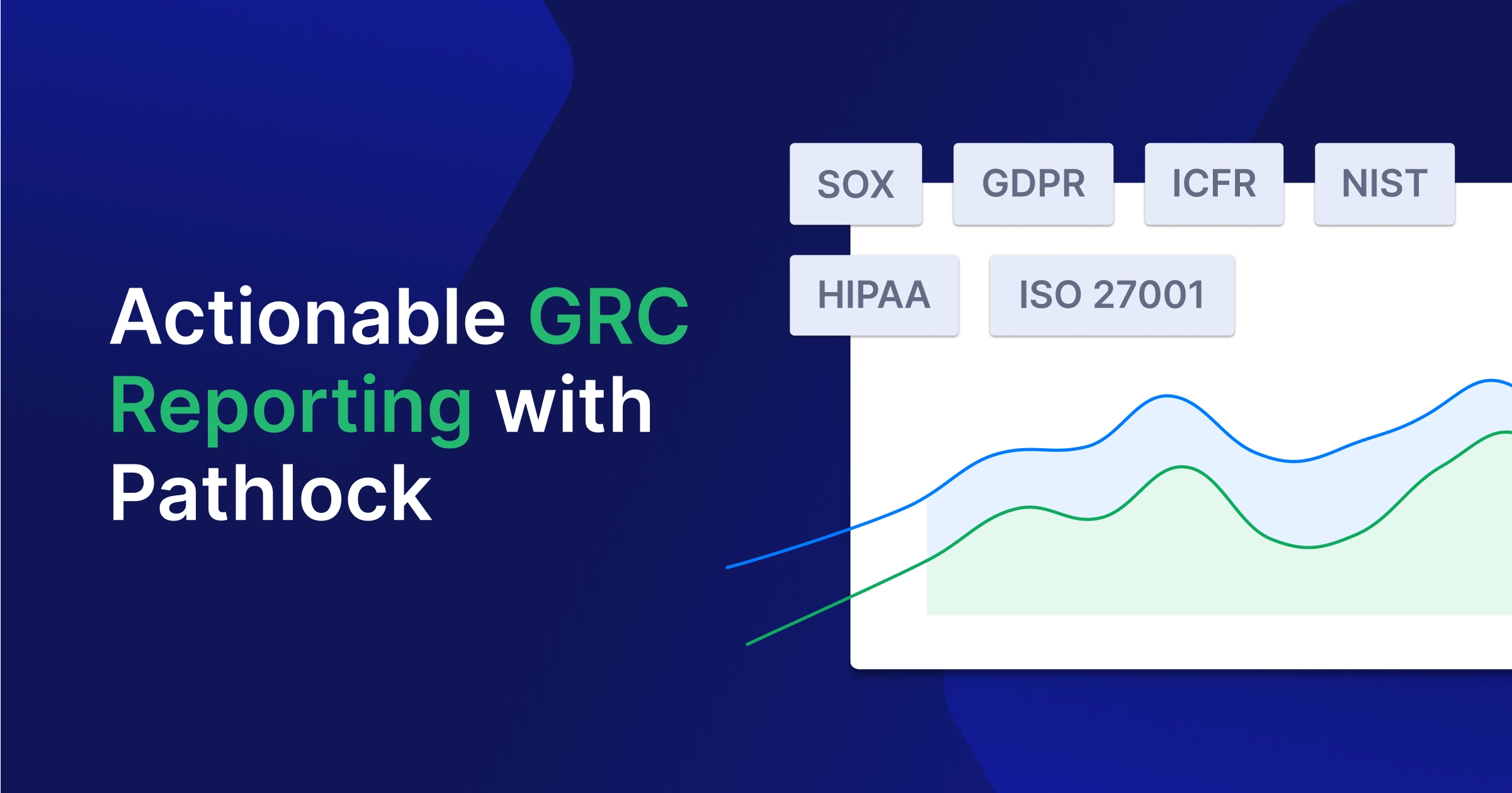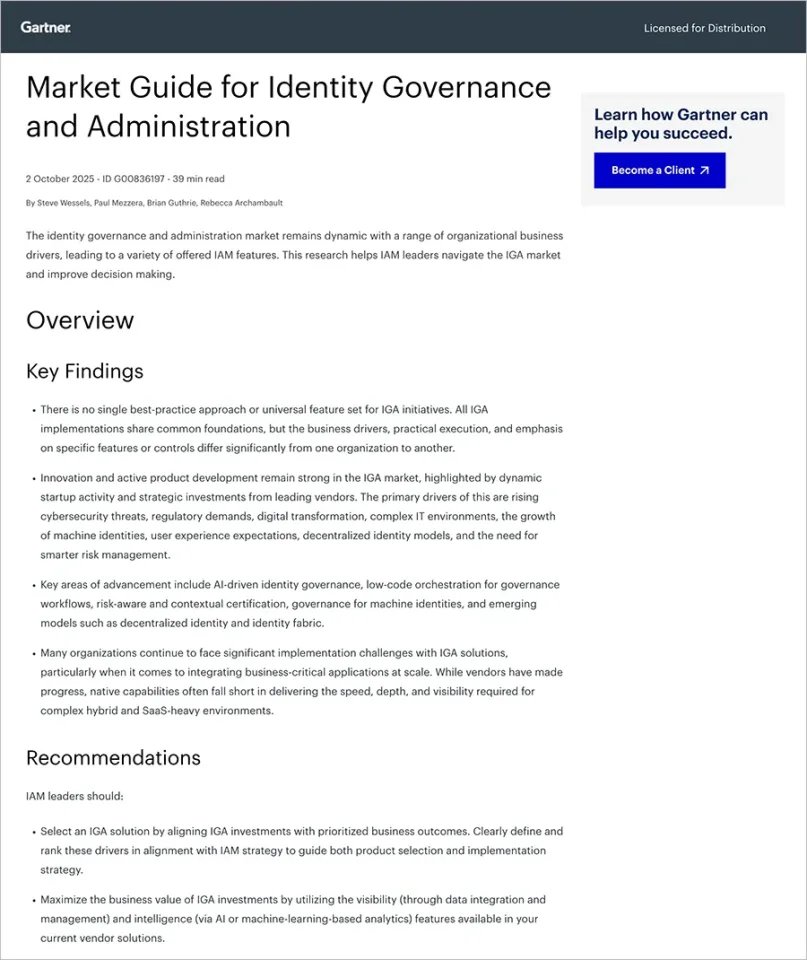Identity and Access Management (IAM) serves a critical role in the digital landscape – the gatekeeper of a network or system. Your strategic management, or lack thereof, in this area can lead either to a host of problems, like data breaches and non-compliance with regulations, or, on the flip side, it may hinder productivity and innovation if overly restrictive. Effective IAM access management is not a set-it-and-forget-it system. Regular updates, ongoing vigilance, and strategic thinking are vital.
IAM is often the difference between a secure, compliant operation and a vulnerable, inefficient one that leaves an organization open to a breach. This post details key strategies, tools, and best practices for IAM access management, striking a balance between security and operational efficiency.
Key Responsibilities in IAM Access Management
IAM requires the collaboration of several key roles, each contributing unique responsibilities to ensure efficient and secure IAM access management.
IAM Administrators
IAM Administrators are the backbone of IAM. They manage IAM systems, allocating user access levels according to different responsibilities and roles of the job. IAM Administrators monitor IAM systems for performance issues and security breaches, initiating corrective measures as required. They are integral in granting, revoking, or modifying user access, ensuring prompt adjustments to changes in job roles or employment status.
Compliance Officers
Compliance Officers confirm that IAM systems comply with company policies, legal requirements, and industry regulations. They work with IAM Administrators, offering guidance on compliance issues and approving access changes. Regular audits by Compliance Officers verify that access controls meet regulatory standards and that IAM processes align with best practices. Their role is crucial in reducing legal risks, maintaining corporate reputation, and avoiding non-compliance penalties.
IT Security Teams
IT Security Teams safeguard the organization’s network and data security. They work with IAM Administrators to identify and address potential security threats. Using advanced tools and technologies, they detect and investigate suspicious activities, proactively addressing security vulnerabilities. They also contribute to the design and implementation of security measures, including encryption and MFA, to enhance IAM security.
Several other roles contribute to effective IAM access management:
- Data Owners are individuals assigned responsibility for specific data sets. They work with IAM Administrators to define appropriate access controls for their data.
- End Users are individuals who use IAM systems to access network resources. They help maintain security by adhering to prescribed access procedures and reporting any unusual activity.
- Third-Party Partners include vendors or service providers who need access to certain systems. They must follow established IAM policies and work with IAM management to maintain security and compliance.
These roles collectively form a comprehensive IAM management framework. Each role contributes essential skills and responsibilities, creating a solid defense against unauthorized access and compliance violations.
Managing IAM Across Different Environments
Identity and Access Management covers different environments: on-premises, cloud-based, and hybrid systems. These diverse environments present distinct challenges and necessitate specific strategies for successful IAM access management.
The On-Premises Environment
In a traditional on-premises environment, access management happens within a physical location using localized servers. Although this setup demands substantial resources for system maintenance and updates, it allows the organization complete control over its data and IAM systems. This control facilitates the enforcement of internal policies and the addressing of security issues quickly.
The Cloud Environment
Cloud-based environments, favored for their scalability and cost-effectiveness, present unique IAM challenges. Your data is distributed across various servers, often across multiple geographical locations, making access management and data security complex. Enforcing access policies across different cloud service providers and ensuring compliance with regional regulations is crucial.
The Hybrid Environment
Hybrid environments blend the benefits of on-premises and cloud-based systems, offering the flexibility of the cloud with the control that comes with a self-hosted or on-premises system. However, this combination can complicate IAM. Managing access across various platforms can be challenging, requiring seamless integration between on-premises and cloud-based systems and clear access policies applicable across the entire hybrid environment.
Key Strategies for Effective IAM
Maintaining a secure IAM environment requires implementing sound strategies tailored to your organization’s unique requirements and risk tolerance. Here are some strategies for optimizing IAM.
Establish Clear Access Policies and Procedures
Creating clear access policies and procedures is crucial for managing IAM access. These policies will determine different access levels and controls to guide IAM in the future. Without them, you risk granting excessive access privileges, which could result in unauthorized data access or breaches.
These policies should detail the access request process, the criteria for access approval, and the method for routinely reviewing and updating access rights. They should also cover password complexity and expiration, multi-factor authentication requirements, and security incident response procedures.
- Begin by identifying users who need access to your systems and the extent of access they require. This process, known as role-based access control (RBAC), assigns access rights based on roles (as in the name) or specific job functions.
- Introduce an approval process for granting and revoking access. This process should involve multiple stakeholders to ensure accountability and reduce the risk of unauthorized access.
- Routinely review and update your access policies to adapt to new regulations or changes in your business.
Leverage Automation
Manual IAM processes can be error-prone and time-consuming. Automation tools can manage tasks like user provisioning, password resets, and access reviews, allowing your IT team to focus on strategic tasks. Doing so minimizes the chance of human error while saving time and reducing risk.
Additionally, automation provides real-time monitoring and alerts, enabling quick response to potential threats. For example, an automated system can detect unusual login attempts or changes in user behavior and send an alert to the security team for further investigation.
- Consider automating the granting, modifying, and revoking of access rights to reduce human error.
- Implement automated access reviews to ensure policy compliance and identify any instances of excessive or unauthorized access.
- Use automated alerts to inform relevant stakeholders about suspicious activities or changes in user behavior.
Utilize Role-Based and Attribute-Based Access Controls (RBAC and ABAC)
Role-Based Access Control (RBAC) and Attribute-Based Access Control (ABAC) are two essential models for managing access in IAM systems. RBAC assigns access rights based on predefined job roles, while ABAC considers user attributes such as location, time, and device type when granting access.
RBAC simplifies access rights management, especially in large organizations with many users and systems. Conversely, ABAC offers more flexibility and granularity, allowing you to control access based on a broad range of factors.
- Implement RBAC to simplify access rights management and ensure users only have access to necessary resources for their job functions.
- Use ABAC to fine-tune your access controls and adapt to complex access scenarios.
Align IAM with Compliance and Risk Management
Regulatory compliance is a vital aspect of IAM access management. Various laws and regulations have specific access control requirements, and non-compliance can result in heavy fines and damage to your organization’s reputation.
Aligning your IAM practices with your organization’s risk management and compliance requirements can reduce exposure to regulatory penalties and security risks. Regular audits and access reviews can ensure compliance and identify potential vulnerabilities before they can be exploited.
- Make sure your IAM policies comply with relevant regulations such as HIPAA, PCI, GPPR, and SOX.
- Perform regular audits to verify compliance and detect any deviations from your access policies.
- Assess your risks with regular assessments to identify potential vulnerabilities in your IAM systems and take steps to mitigate them.
Implement Regular Access Reviews
Regular access reviews are a best practice for maintaining effective IAM access management. These reviews check who has access to your systems and ensure the access aligns with your policies and the principle of least privilege.
Access reviews help identify excessive access or orphaned accounts, which can compromise an organization’s overall security. They also allow you to verify compliance with your access policies and regulatory requirements.
- Review user access rights regularly to ensure users have access that fits their individual duties and needs.
- Revoke access rights immediately for employees who leave the company or change job roles to reduce the risk of unauthorized access.
- Use access review findings to update your access policies and improve your IAM practices.
Tools and Platforms for Managing IAM Access
Managing IAM access necessitates the use of advanced tools and platforms. These streamline access control tasks and ramp up security and compliance. The market is brimming with options, so focusing on the types of functionalities you need is crucial.
Automated Access Control Tools
Automated access control tools play a crucial role in managing roles, reviewing permissions, and enforcing policies. They streamline the allocation of access rights, enhancing productivity and reducing errors. These tools handle processes such as onboarding, offboarding, and employee transfers. This ensures timely changes to access rights and improves IAM efficiency and security.
Monitoring and Analytics Tools
Monitoring and analytics tools allow for live tracking of system activities, which assists in identifying irregularities and potential security risks. Access logs are maintained to provide an understanding of user activities and detect patterns that could indicate possible security infringements. These instruments also ensure conformity by producing records that confirm compliance with the set regulatory norms.
IAM Tools
Various tools can improve IAM operations. Enhanced security is ensured while streamlining the login procedure through the utilization of resources such as multi-factor authentication and single sign-on. Tools for Identity Governance and Administration (IGA) handle the regulation of digital identities and authorization across an array of systems and apps. In IAM practices, these instruments aid in maintaining equilibrium between user comfort, security measures, and adherence to regulations.
Building a Strong Foundation for IAM Access Management with Pathlock
Pathlock’s Application Access Governance (AAG) product enables you to provision and deprovision users across multiple applications, centralizing IAM and providing a complete view of user access. Pathlock AAG also goes beyond just IAM to deliver IGA and user access risk management capabilities at a cross-application level.
With a focus on real-time access governance, our modules continuously monitor access risks, maintaining updated knowledge of your organization’s access details. With Pathlock, you can streamline the detection and mitigation of access risks to avoid unauthorized access and potential data breaches.
Advanced attribute-based access controls form the foundation of Pathlock’s Cloud Platform. These controls ensure users have access only to necessary data and systems based on their roles and the context of access, thereby enhancing security and simplifying user access management.
Pathlock offers extensive auditing, reporting, and dashboard capabilities, enabling monitoring of user activity and access rights. This information allows for informed decisions on strategy adjustments to best serve your organization.
Automation forms another key component of Pathlock’s solutions. Automating procedures like user provisioning, password resets, and access reviews helps save time, reduce errors, and improve overall organizational security.
Investing in the right technology is critical to developing an effective governance strategy. Starting with IAM, as your organization matures, Pathlock provides a range of application access governance capabilities that enable you to future-proof your technology investment.
Schedule a demo today and learn how Pathlock can help you set your access governance strategy in motion.



